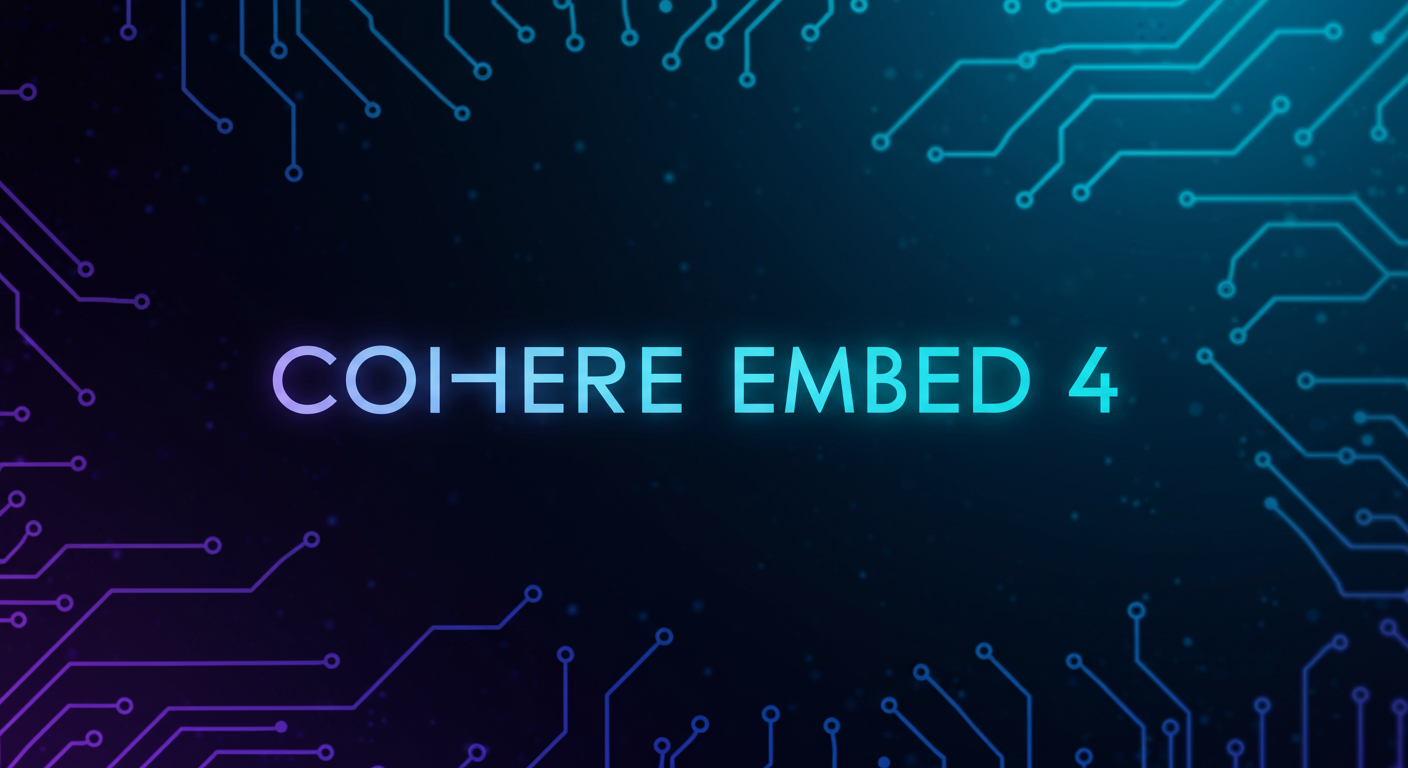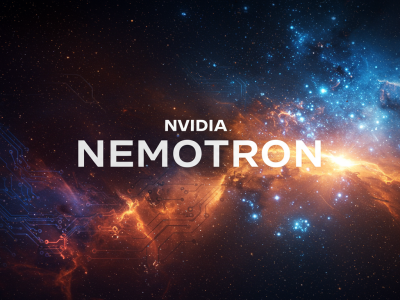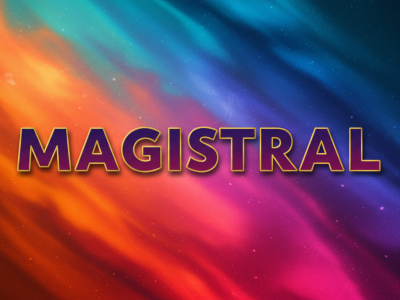Quick Take: Cohere just launched Embed 4, a new state-of-the-art multimodal embedding model designed to be the search engine for enterprise AI agents. It natively understands complex documents with text, images, and tables, boasts a massive 128K token context length, and offers compressed embeddings to slash storage costs. This is a direct attack on the biggest pain point in enterprise RAG: wrangling messy, multimodal data.
🚀 The Crunch
🎯 Why This Matters: This is a direct attack on the biggest pain point in enterprise RAG: messy, multimodal data. Embed 4 promises to eliminate complex pre-processing pipelines by creating a single, unified vector for documents containing text, images, and tables. For developers, this means faster development, better search results, and more powerful AI agents that can finally understand your business’s real-world documents.
⚡ Developer Tip: Start by testing Embed 4 on your most problematic documents—those complex PDFs with mixed tables and images that break your current RAG pipeline. Use the new model to generate embeddings and compare the retrieval accuracy against your existing setup. The +47% improvement seen by Hunt Club is a benchmark to aim for.
Critical Caveats & Considerations
- It’s a Commercial Product: This is a powerful, enterprise-focused tool, not an open-source model.
- Tuning Still Required: While it simplifies pre-processing, achieving optimal retrieval for your specific data will still require thoughtful implementation and tuning.
- Deployment Affects Performance: Performance on their platform or a major cloud provider like Azure may differ from a custom on-premise deployment.
✅ Availability: Embed 4 is available today on Cohere’s platform, Microsoft Azure AI Foundry, and Amazon SageMaker. Contact their sales team for private VPC or on-premise deployment options.
🔬 The Dive
The Problem: Enterprise Data is a Mess. Every developer building RAG systems for business knows the pain. Your most valuable data is locked away in unstructured, multimodal documents like PDFs, slide decks, and scanned forms. Existing embedding models choke on this complexity, forcing you to build brittle, expensive, and time-consuming pre-processing pipelines to extract and chunk text, images, and tables separately. Cohere’s Embed 4 is engineered to solve this problem by being natively multimodal from the ground up.
💡 “Cohere’s Embed 4 enables us to search these profiles more precisely, showing a +47% relative improvement over the already-strong performance of Embed 3. We are extremely impressed!” – James Kirk, VP of AI, Hunt Club
The Foundation for Smarter Enterprise Agents
- Unlocking Multimodal Data: The core innovation is the unified vector. Embed 4 creates a single, rich representation of a document that includes its text, images, tables, and diagrams. This not only eliminates complex data prep but also enables new search patterns, like using an image as part of your query to find similar documents.
- Industry & Language Specialization: Beyond general knowledge, the model is optimized with domain-specific understanding for regulated industries like finance, healthcare, and manufacturing. With support for 100+ languages and cross-lingual search, it’s built for global enterprises where data exists in multiple languages.
- Robustness & Efficiency: The model is trained to be robust against noisy, real-world data like scanned documents and handwriting, further reducing the need for data cleaning. The killer feature for many will be embedding compression, which can reduce vector database storage costs by up to 83% without a major hit to accuracy.
- The RAG Engine: Ultimately, Embed 4 is positioned as the optimal search engine for enterprise RAG. Better retrieval accuracy directly leads to more useful, less hallucinatory responses from generative models like Cohere’s Command A. It’s a foundational piece for building reliable, high-performance AI agents.
TLDR: Cohere’s Embed 4 is a new multimodal embedding model that eats complex enterprise docs (PDFs, slides) for breakfast. It simplifies RAG pipelines, handles 128K tokens, and offers compressed vectors to save on storage. It’s live now on major cloud platforms.




